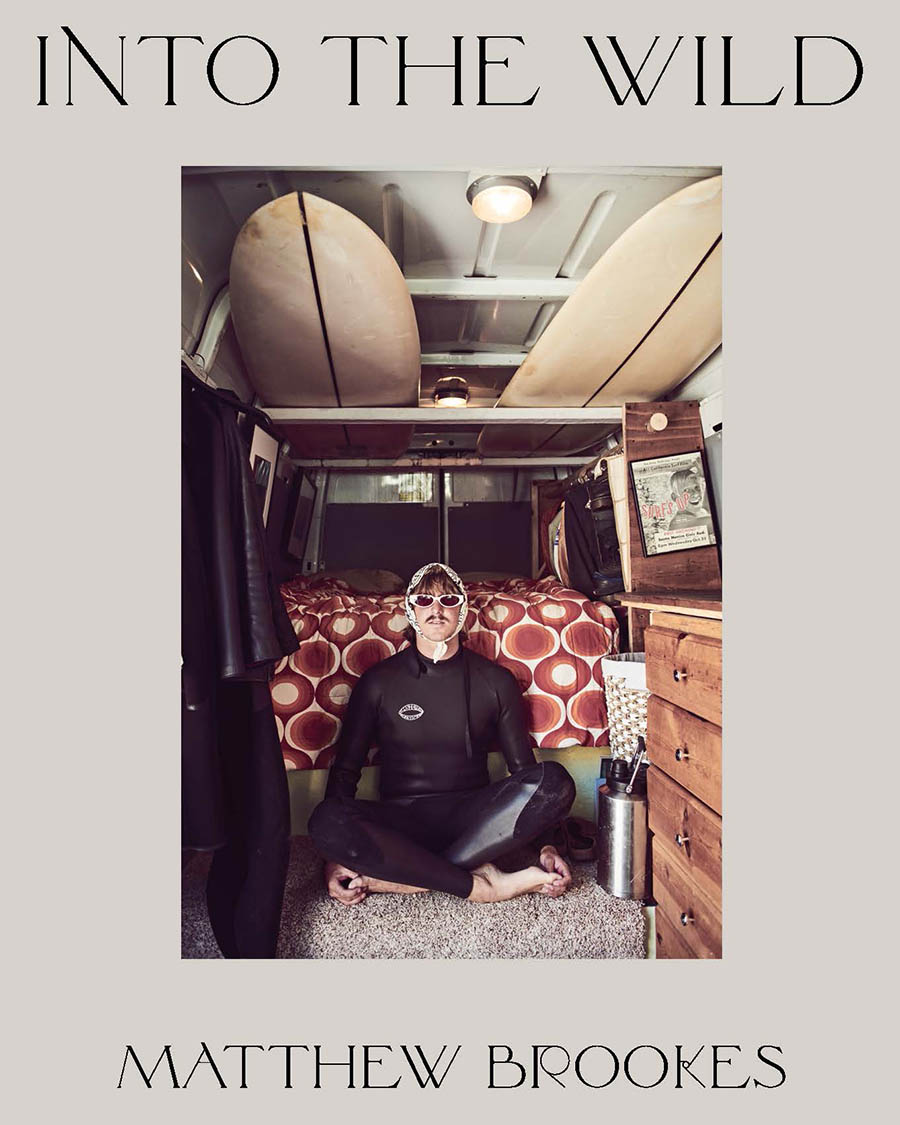



Standing on the shore, Matthew Brookes’ feet sink lightly in the sand as the tension in his body grows. Not of anxiety, but of excitement. He gazes at the sea to witness surfers conquer the raging waves of the water, their arms raised as they balance themselves on their surfboard. Brookes, not content to only be an observer, raises the camera in his hands, captures the splash of the water and the blast the surfers feel, and prints the images in his monograph Into The Wild.
For the project, Brookes uncovers the stories of the young surfers pursuing the van lifestyle, following their coast-to-coast affairs with their surfboards and the water. The resulting images punctuate the youthful zest of the surfers for travel, freedom, and dreams, always chasing the best waves while living out of vans. CAP 74024 talks to the New York and Paris-based photographer to discover his self-discovery throughout the project, his journey within a journey.
After reading the brief of the monograph, I wonder how present the surf life is in your life. Have you always wanted to capture this celebration?
I grew up in a surf town on the East Coast of South Africa called Durban, and most of the cool kids in my school were surfers, so I guess I had an introduction to surf culture at an early age.
When I moved to Venice Beach California I was introduced to a few surfers through common friends, and they were quite open to being photographed. Each surfer introduced me to more surfers and the project grew very fast!
So, I know that you followed a group of young surfers from Venice Beach on their adventures up and down the coast. What were you hoping to witness? Could you elaborate more on “adventures up and down the coast?”
What I discovered very quickly is that all the surfers I was shooting lived out of their vans. They were literally surf nomads traveling up and down the coast, following the best surf. This lifestyle was really fascinating to me, and I was drawn to their philosophy of life and sense of freedom.
I did not have any preconceived expectations when I started photographing the surfers – it was more about shooting everything as it happened, like a surf diary. What surprised me about the surfers I was shooting was how quickly they opened up their world to me and how generous they were with their time. They made me feel very accepted and welcome.
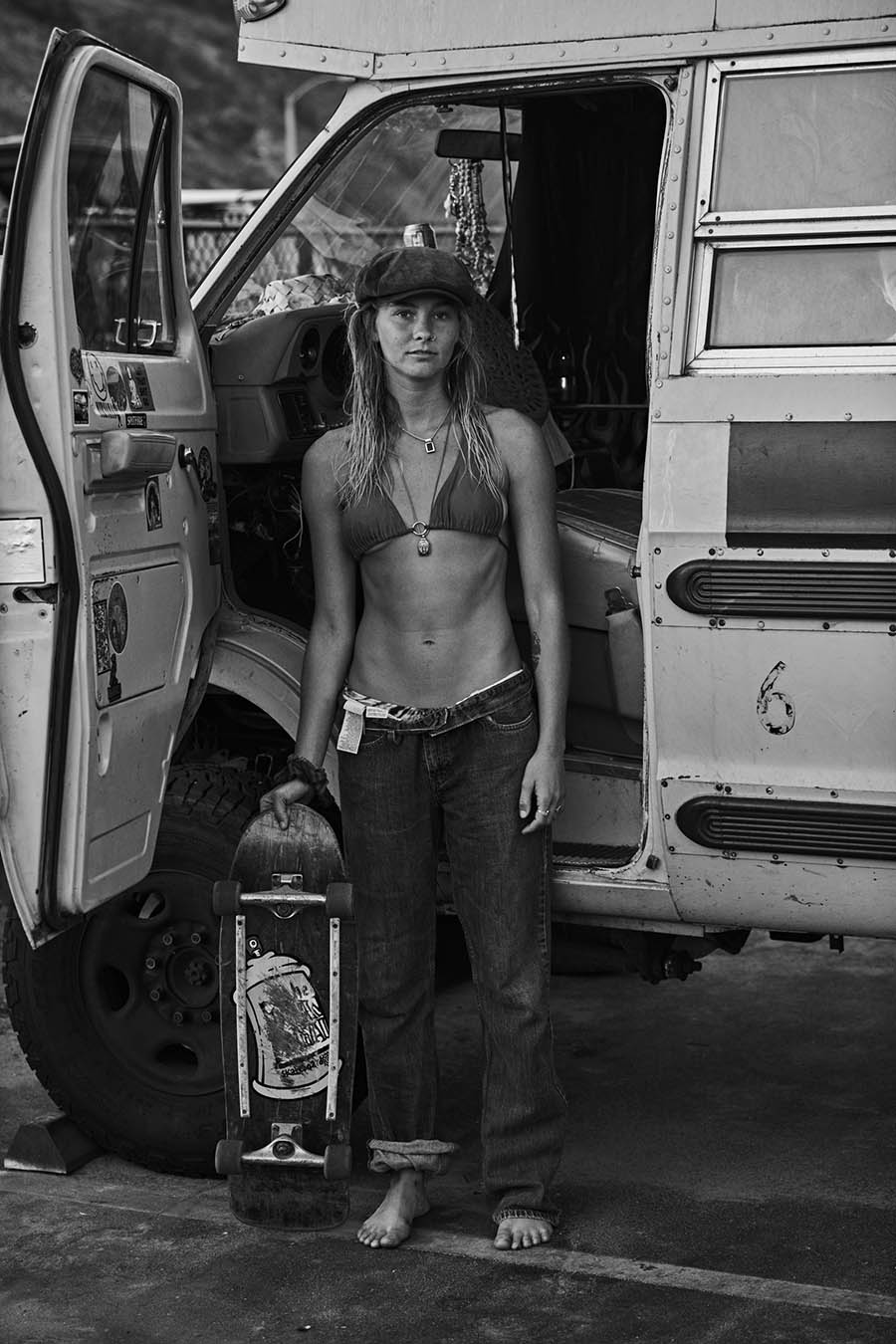
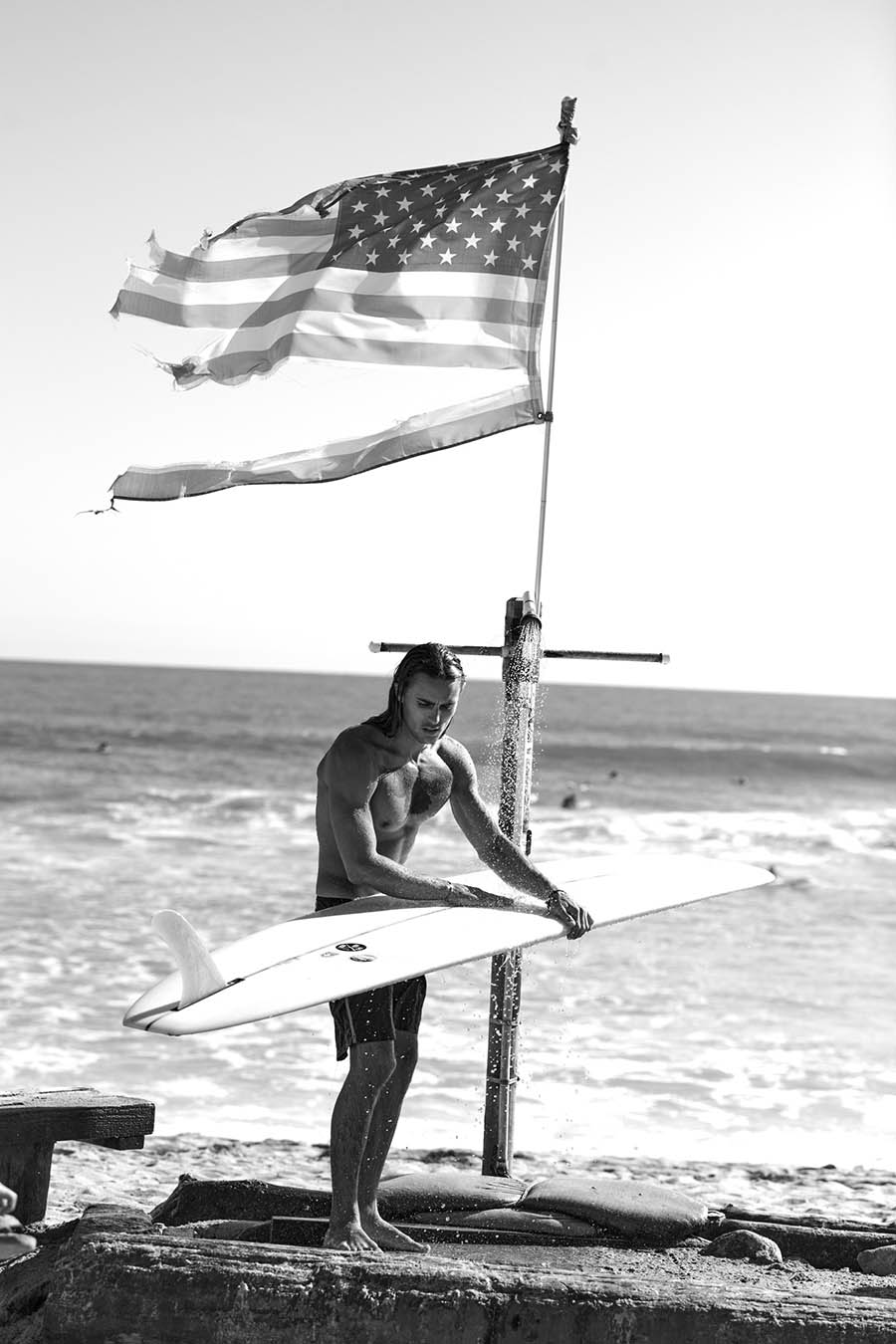
That’s wonderful to hear! A side question if you don’t mind: for some creatives, water has always been their muse, a source of infinite healing and inspiration. Do you have the same affinity towards water? I am curious as I can imagine how it accompanied you throughout your project.
I guess I am drawn to water and the sea as I grew up by the ocean. I also spent months traveling up and down the coast of California watching and photographing the surfers in the water, so that felt very meditative and healing.
Water to me is linked to emotion in my psyche. I’m very drawn to photographing the emotion in people and the way they express themselves. I’m always trying to look beneath the surface with people. Also, I feel like shooting someone is like surfing – you are constantly navigating the waves of emotion with people until you find the perfect shot.
For me, the perfect shot is the one where you look at a portrait of someone and it takes you on a journey or reveals something very intimate or unexpected about the person.
Did you ever imagine van culture before your monograph? Did the actual one live up to how you envisioned it?
Before this project, I imagined living out of a van more as a form of homelessness or because of financial difficulties, but not as a lifestyle choice. After witnessing what I saw I could imagine many people being drawn to it, either as a travel holiday or more long term. It’s a form of “living the dream” in a way that is more unexpected.
Have you always been fascinated with van culture? Have you tried it before, or did you try it for this series?
I knew very little about van culture before this project, but now, it’s a dream of mine to buy a van and take a long vacation living out of it and traveling around the US or Europe.
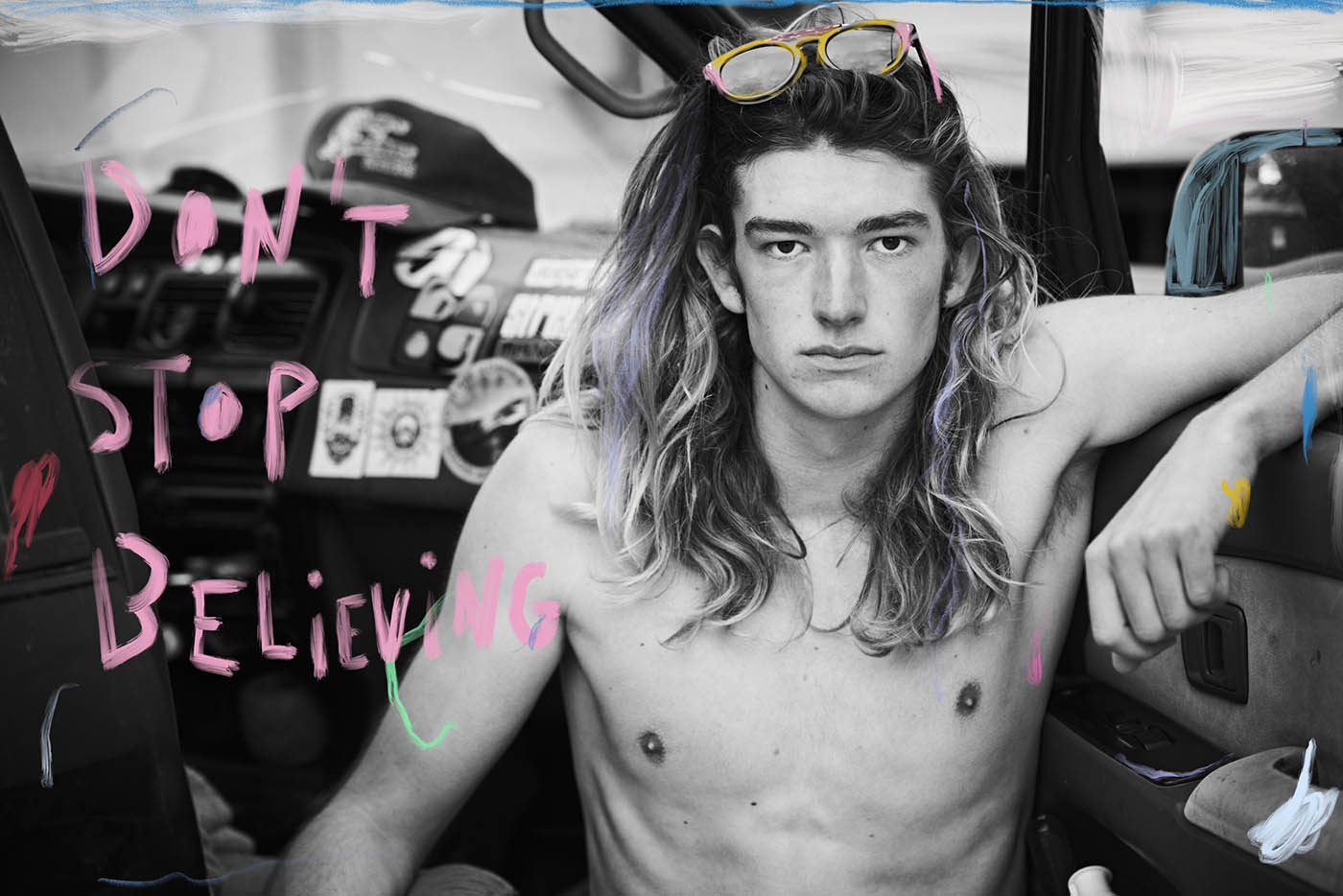
I understand that Zack Raffin did the interviews for the book and to accompany your images, but when you spoke with the surfers, what stories stuck with you?
The stories that struck me were the surfer’s philosophy on life. They all had a kind of artistic and creative view of life, quite philosophical and introspective. I loved the way they described surfing and life as a “flow”. It seemed to be a common philosophy with all the surfers that I met: finding balance and flow.
The brief mentions that this is “a story of youth choosing to follow their dreams, living out of vans, existing for surfing and travel and freedom, and always chasing the best waves.” Touching on this, have you always chased your dreams? What do you live for today?
I’ve always been a big dreamer. I suppose that’s part of being an artist, dreaming big and living in your imagination. I realized at an early age that I was not good at many things, so when I finally discovered photography and that it came naturally to me, I focused everything I had on this newfound passion.
Today, I have to admit that I’ve already achieved all the things I wanted to achieve and more in my career as far as which clients or magazines I have worked for. Right now, I’m on a more personal venture of how I would like to communicate with the world and, in some way, inspire young creative people around me to also follow their hearts and creative passions.
Continuing the last question, how do you feel about the relationship between travel and freedom? When do you feel your most liberated self?
After traveling intensively for so many years for work, I guess I’m a nomad too. I’m used to being on a plane every week, so the feeling of travel and freedom are very linked to my experience. I love the feeling of arriving in a new place and the excitement of not knowing what will happen. In my work, I find that I always feel refreshed and inspired when I discover new places.
I feel most liberated when I have a camera in my hand; with nobody behind me telling me what do. That’s why personal projects are so important to me – they are a kind of reset and therapy.

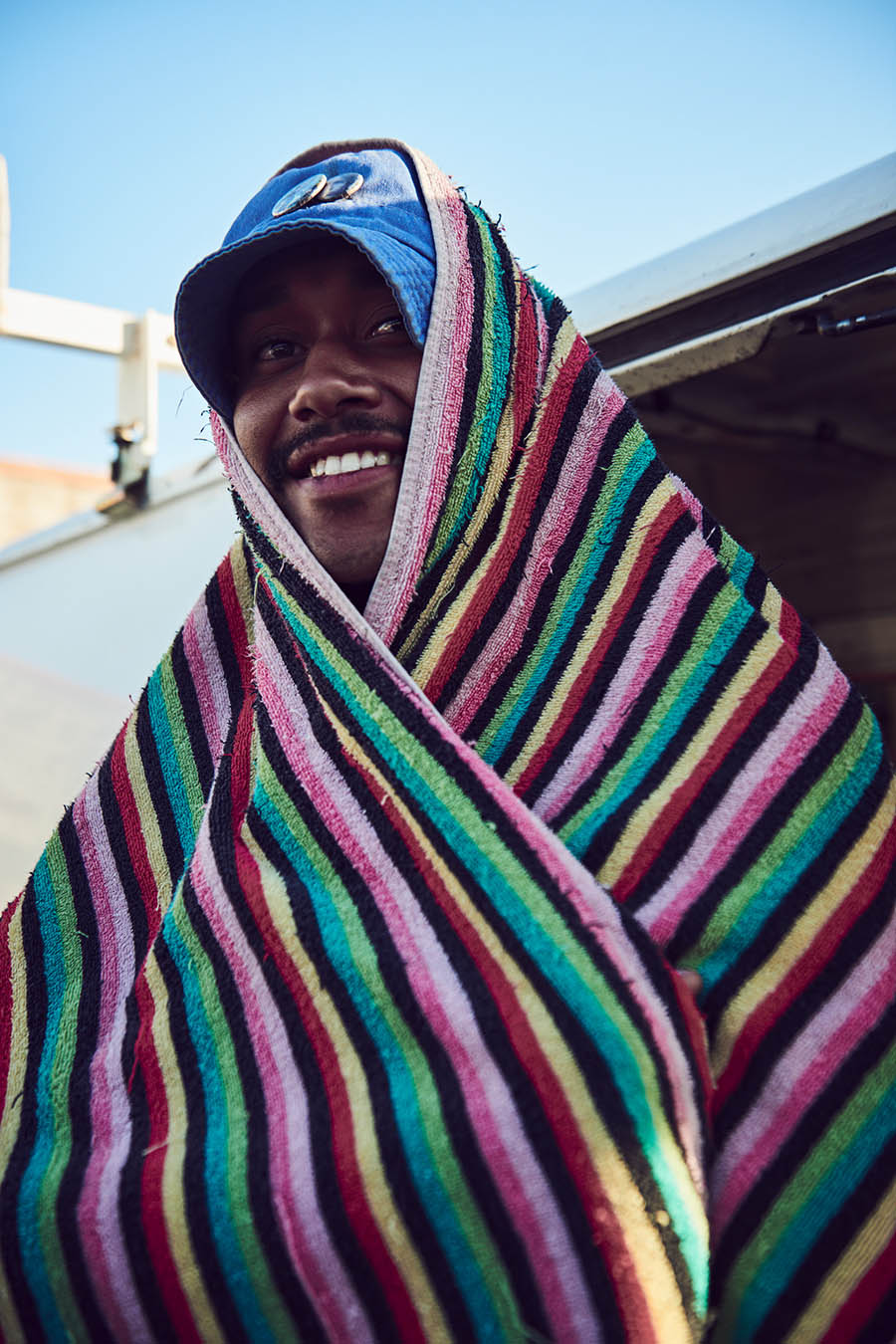
Another side question: I read that you have always been fascinated by the dynamism of the human form in motion. Have you dabbled in any activities concerning movement?
Well, my father was a professional football player, and I grew up playing tennis. My whole family was involved in sports in one way or another, so I guess watching bodies and their movement was something that I observed from a very early age.
As far as any kind of dance is concerned, I cannot dance at all! Maybe that’s why it fascinates me to watch dance and to photograph it. I’m fascinated by watching people dance, especially contemporary ballet. I have many friends who are ballet dancers, and they are the most hardworking people I know, pushing their bodies to the limit every single day!
Your first monograph consists of portraits of the ballet dancers of the Paris Opera. This one focuses on surf life. Are you already planning the next one?
I have another project in my back pocket, one that I have started but still need to work on. It’s a very exciting and beautiful subject, but I’m saving the announcement for a later date.

For more information, please visit Damiani’s website damianieditore.com
Text & Interview by Matthew Burgos
Edit by Yves Tsou